The first all-electric Jaguar is currently an endangered species
The Jaguar I-Pace, launched four years ago, remains one of the best EVs to drive, yet is still the company’s only all-electric car. What’s Jaguar’s next move?
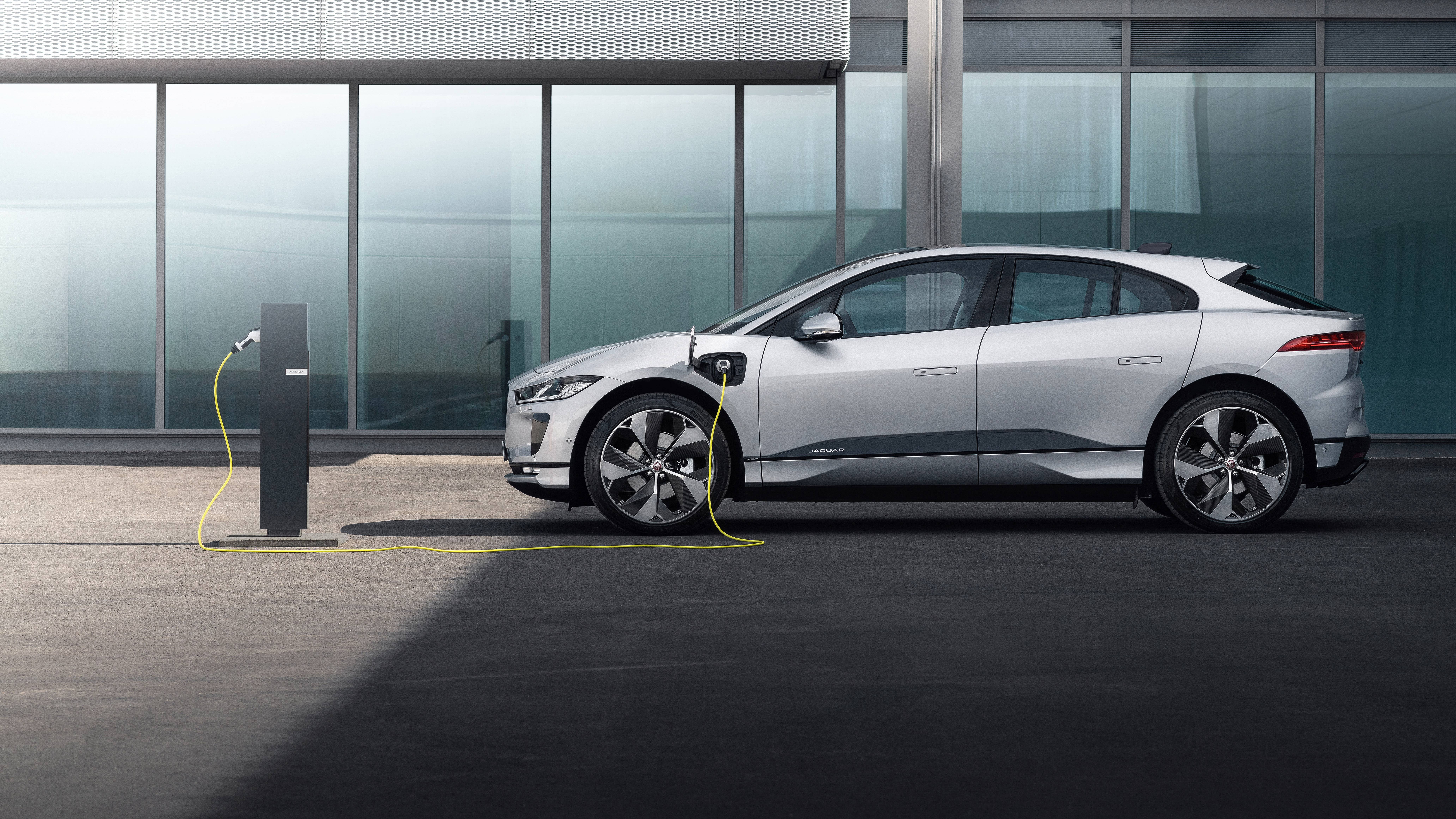
The electric Jaguar I-Pace has now been on sale for four years, and the design itself was probably signed off some time in 2016. Because of the nature of EVs, improvements and enhancements can often be delivered ‘over the air’, updating software, adding new services, and rejigging the systems that manage the battery to eke out more range and performance.
This is why Tesla’s Model S has soldiered on for an impressive ten years and doesn’t look set to be replaced any time soon. The I-Pace’s most recent update was the addition of Amazon Alexa earlier this year, part of an upgrade to all JLR models fitted with the latest infotainment systems. Baking in an established personal assistant like Alexa is a no-brainer for a relatively small company like Jaguar, which doesn’t have the resources to build its own AI from scratch, let alone maintain it.
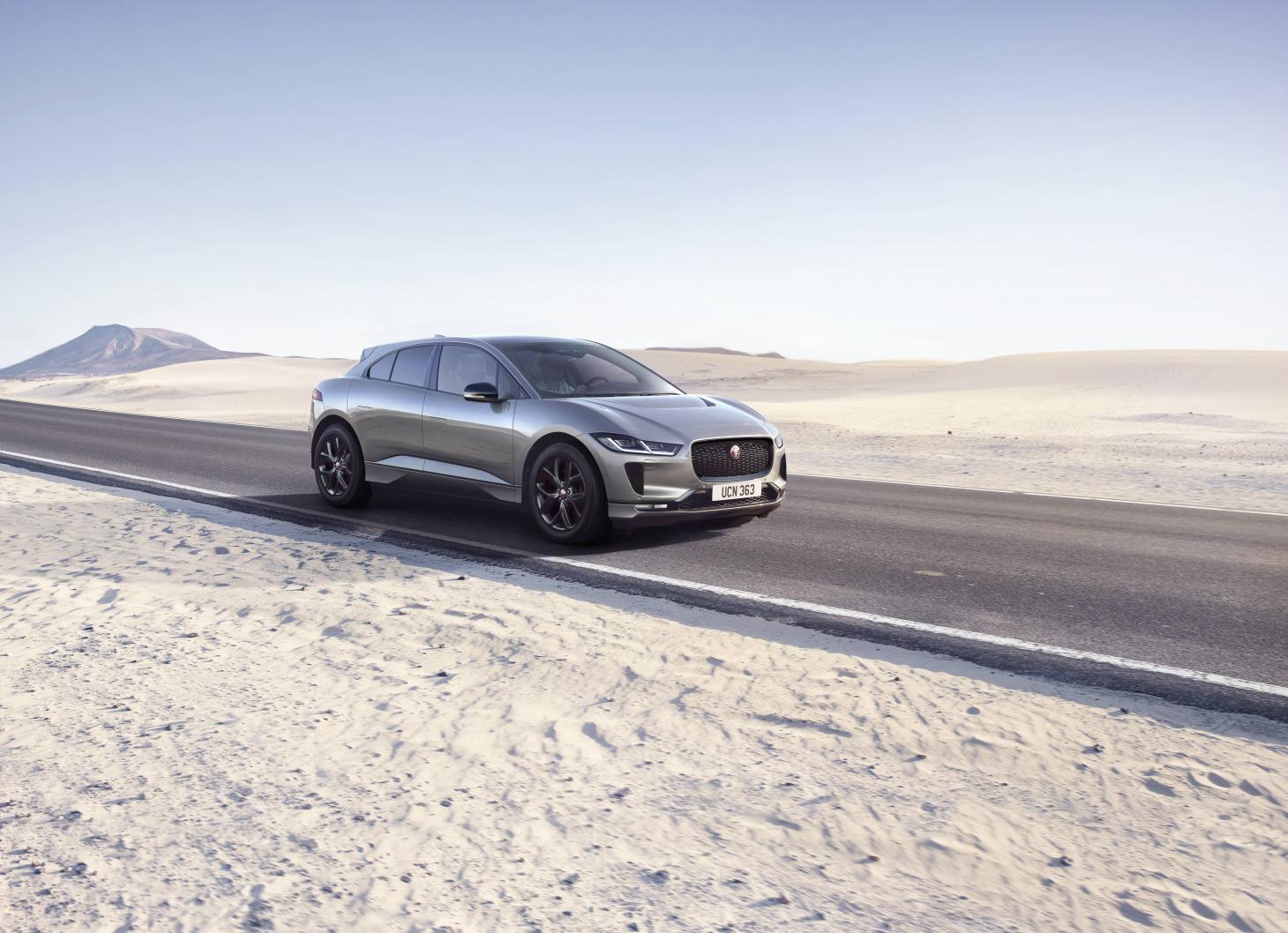
In-car conversations aside, does the I-Pace still have what it takes? The answer is a qualified ‘yes’. The headline figures – a theoretical maximum range of 292 miles (think more like 220 in practice) and a snappy 4.5 second 0-60mph time – give the I-Pace the right mix of practicality and pleasure. It’s definitely a car you can use daily with no problems at all, and remains one of the best EVs to drive, with great balance and feedback that belies its size and weight.
The design, overseen back in the Ian Callum era, still looks great. The forms and proportions were directly influenced by the freedom of the EV platform beneath it, with a long wheelbase, short bonnet and stubby tail allowing for a massive passenger compartment. The dashboard is unfussy and intuitive, and there are no shoehorned ‘heritage’ design cues anywhere to be found.
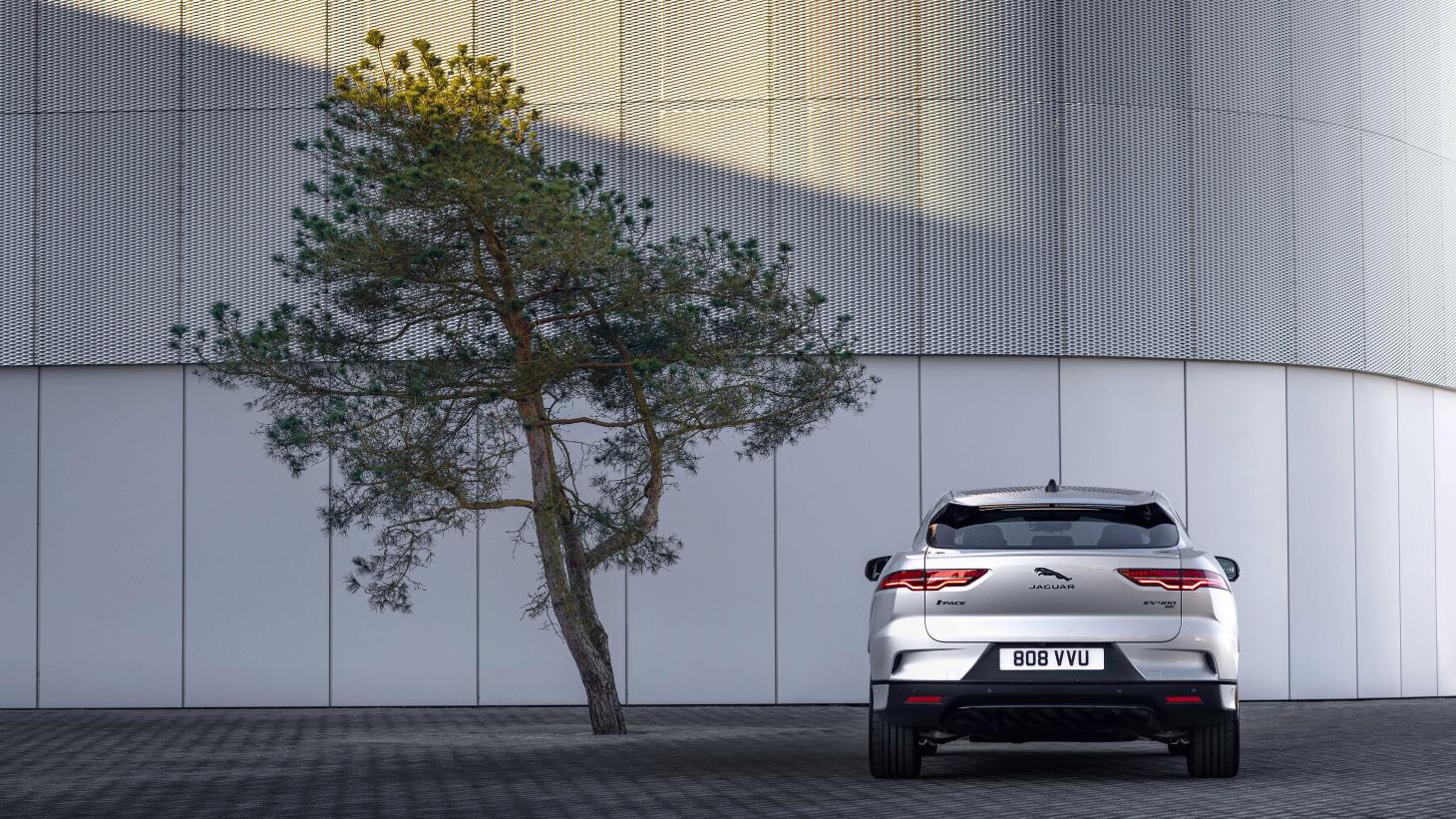
Jaguar has an unsinkable heritage, a history that carries with it a wave of goodwill and faithful fans. As with so many legacy brands, these long-term admirers tend to be vociferous, protective, and outspoken. The I-Pace was seen as a successful attempt to translate that passion into a product that new customers actually wanted to buy.
However, it’s not all been plain sailing. Somewhere deep within Jaguar’s Design and Engineering Centre in Gaydon, Warwickshire, sits a fully signed-off model of an all-electric Jaguar XJ, a car that was cruelly pulled from the market just months from launch.
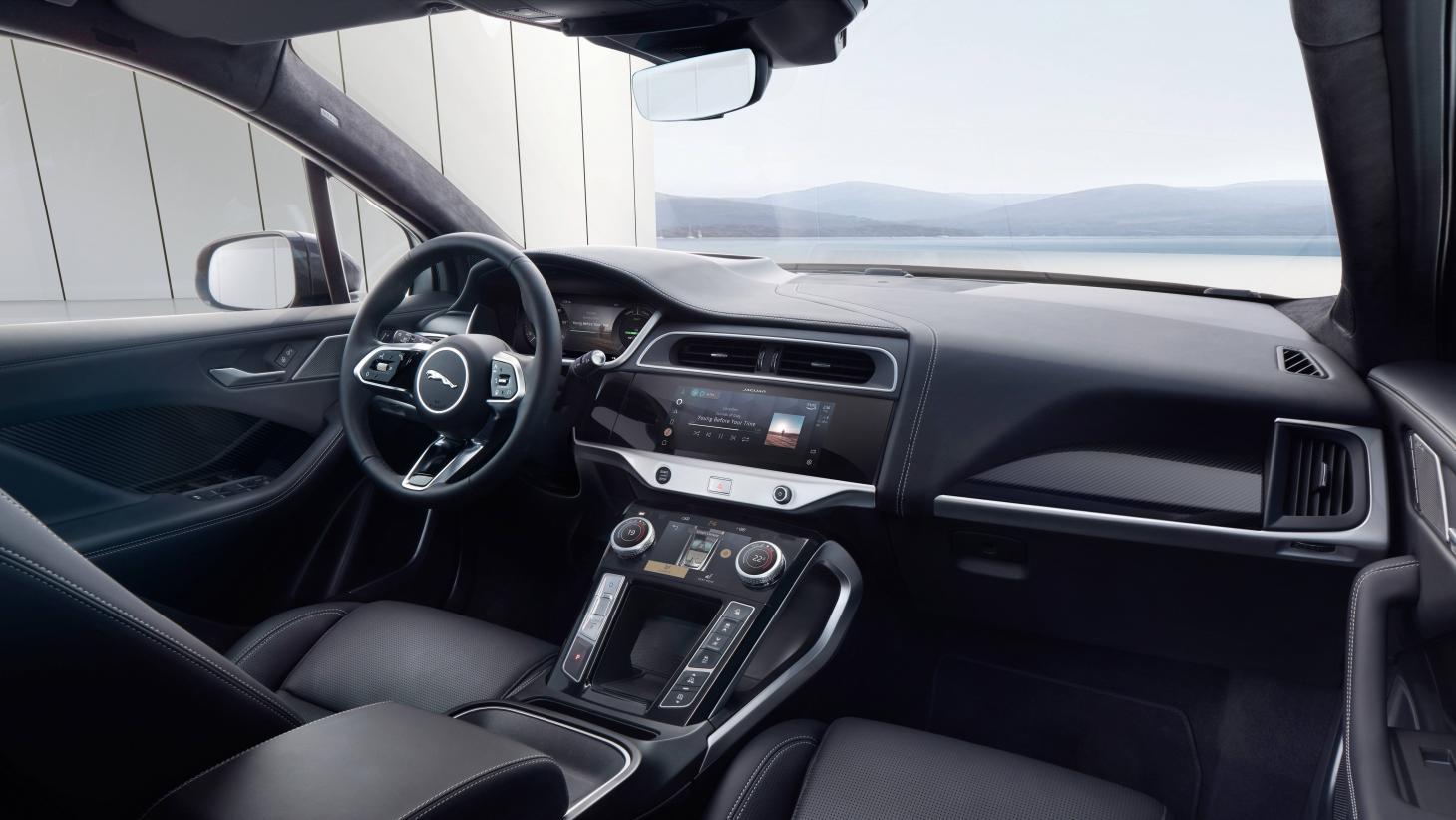
At some point, the new XJ was deemed unworthy of the brand’s renewed emphasis on premium design and quality. The official reasons given for this about-turn – which cost the company several hundred million pounds – was that it didn’t tie in with the brand’s ‘change of direction’. Such a swift turn in a slow-moving industry was unsurprisingly damaging, both to the company’s bottom line and to its image. Whether the XJ couldn’t cut it in terms of design, quality, or performance (the latter is the most likely), is unknown.
Receive our daily digest of inspiration, escapism and design stories from around the world direct to your inbox.
As he pulled the plug on the XJ, Jaguar’s new CEO, Thierry Bolloré, also announced there would be an all-electric line-up by 2025. No doubt the sums were done, and the numbers crunched before this decision was made, but to outsiders, it all felt a little rash. With precisely one EV in production, Jaguar still relies on SUV sales from the F-Pace and E-Pace, both available as plug-in hybrids. There’s no such sophistication from its brace of saloon cars, the XE and XF, both handsome, capable cars that have been left behind by the pace of change. The F-Type sports car remains the company’s biggest nod to its sporting history but is something of an outlier in terms of platform, poise, and purpose.

Sacrificed alongside the electric XF was the J-Pace, a premium SUV intended as a riposte to Porsche’s hugely successful Cayenne range. Given that high-profile Land-Rover product launches have continued at a rapid pace over the past few years, outsiders would be forgiven for thinking that the older British nameplate had been somewhat side-lined by JLR’s Indian owners, Tata. Car companies are a little bit like giant oil tankers; turning them around requires an enormous amount of pre-planning and foresight. Get it wrong and you risk running aground, leaving you with a catastrophe that can take decades to clean up.
That’s why strategy is so important. Planning, designing, and manufacturing a car is about lining up subcontractors and production centres, fixing forms, materials, and technology many years in advance, then working with dealers and marketeers to gauge demand and stimulate new desire.

In automotive terms, the Jaguar I-Pace is now something of a veteran. What the company desperately needs is new product that makes the I-Pace look like old hat. By now, Jaguar is presumably shaping these cars around an all-new electric platform, announced in February and called 'Panthera'. It recently scrubbed its Instagram page of past imagery, ready for a fresh start. There’s plenty of speculation afoot, such as a suggestion that Jaguar wants to compete head-to-head with Bentley, with lower volumes and higher prices. It’s even been said that the newly electrified company might not have a dedicated sports car, at least to start out with.
Whatever happens, Jaguar’s old German rivals are already well down this uncharted road. The company will also be contending with a host of new brands from the US and China, as well as revitalised and repositioned names like Lotus, whose Eletre ‘hyper SUV’ will be firmly established in the marketplace come 2025. Jaguar’s great leap forward will have to be something truly special for the company to avoid extinction.
INFORMATION
Jaguar I-Pace, from £65,620
Jonathan Bell has written for Wallpaper* magazine since 1999, covering everything from architecture and transport design to books, tech and graphic design. He is now the magazine’s Transport and Technology Editor. Jonathan has written and edited 15 books, including Concept Car Design, 21st Century House, and The New Modern House. He is also the host of Wallpaper’s first podcast.
-
 This Fukasawa house is a contemporary take on the traditional wooden architecture of Japan
This Fukasawa house is a contemporary take on the traditional wooden architecture of JapanDesigned by MIDW, a house nestled in the south-west Tokyo district features contrasting spaces united by the calming rhythm of structural timber beams
-
 At last: a London hotel that’s great for groups and extended stays
At last: a London hotel that’s great for groups and extended staysThe July London Victoria, a new aparthotel concept just steps away from one of the city's busiest rail stations, is perfect for weekends and long-term visits alike
-
 Three new smartwatches showcase new frontiers in affordable timepiece design
Three new smartwatches showcase new frontiers in affordable timepiece designLong may you run: smartwatches from Withit, Kospet and OnePlus favour function and value above all else, demonstrating just how much the smartwatch has evolved in recent years
-
 Rivian hits Miami Art Week to release R1S Quad Miami Edition, a new colour and a scent
Rivian hits Miami Art Week to release R1S Quad Miami Edition, a new colour and a scentVivid sights and evocative smells are part of Rivian’s quest to humanise its all-electric SUVs
-
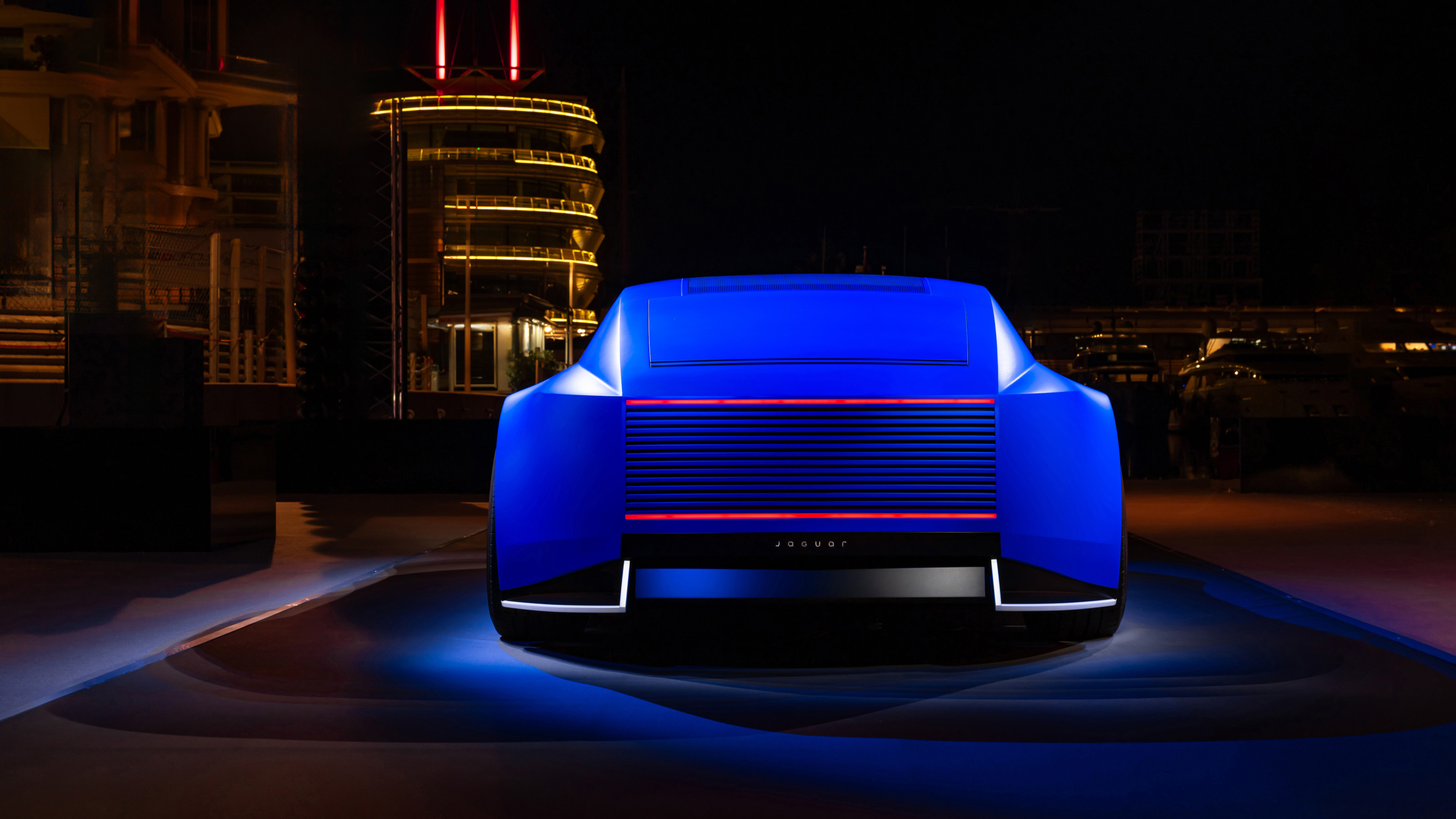 JLR is a mainstay of modern motoring luxury, but do car brands need creative figureheads?
JLR is a mainstay of modern motoring luxury, but do car brands need creative figureheads?With Gerry McGovern reportedly departing from Jaguar Land Rover, what next for the Indian-owned, British-built house of brands?
-
 RBW EV brings a much-loved classic sports car aesthetic into the modern era
RBW EV brings a much-loved classic sports car aesthetic into the modern eraThe RBW Roadster and GT hark back to a golden age of sports car design. Under the skin, these British-built machines feature bespoke all-electric running gear
-
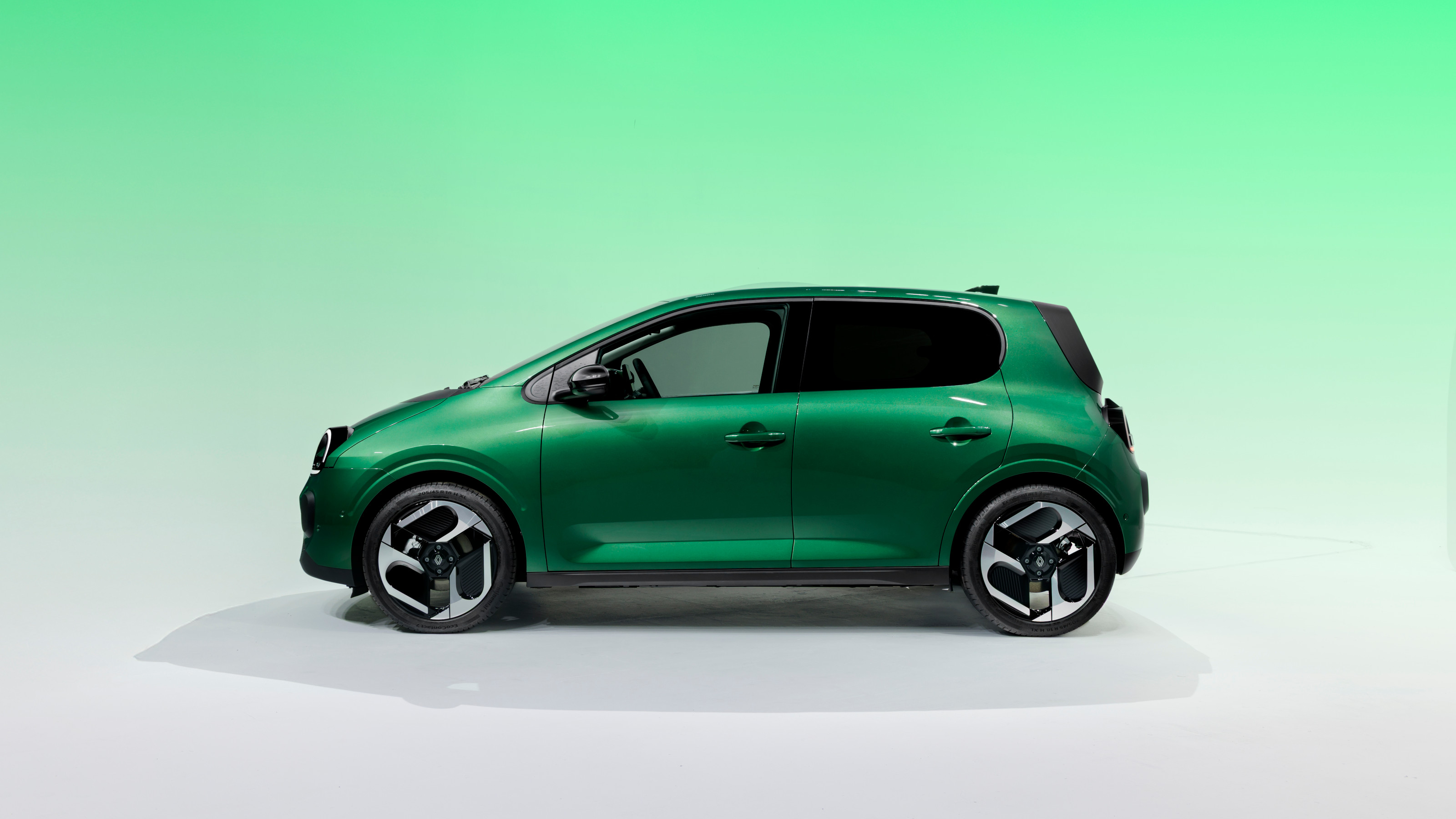 All hail the compact new Renault Twingo E-Tech – the city car is back in style
All hail the compact new Renault Twingo E-Tech – the city car is back in styleRenault continues to pay homage to its heritage by combining it with 21st-century technology. The new Twingo E-Tech is another winner
-
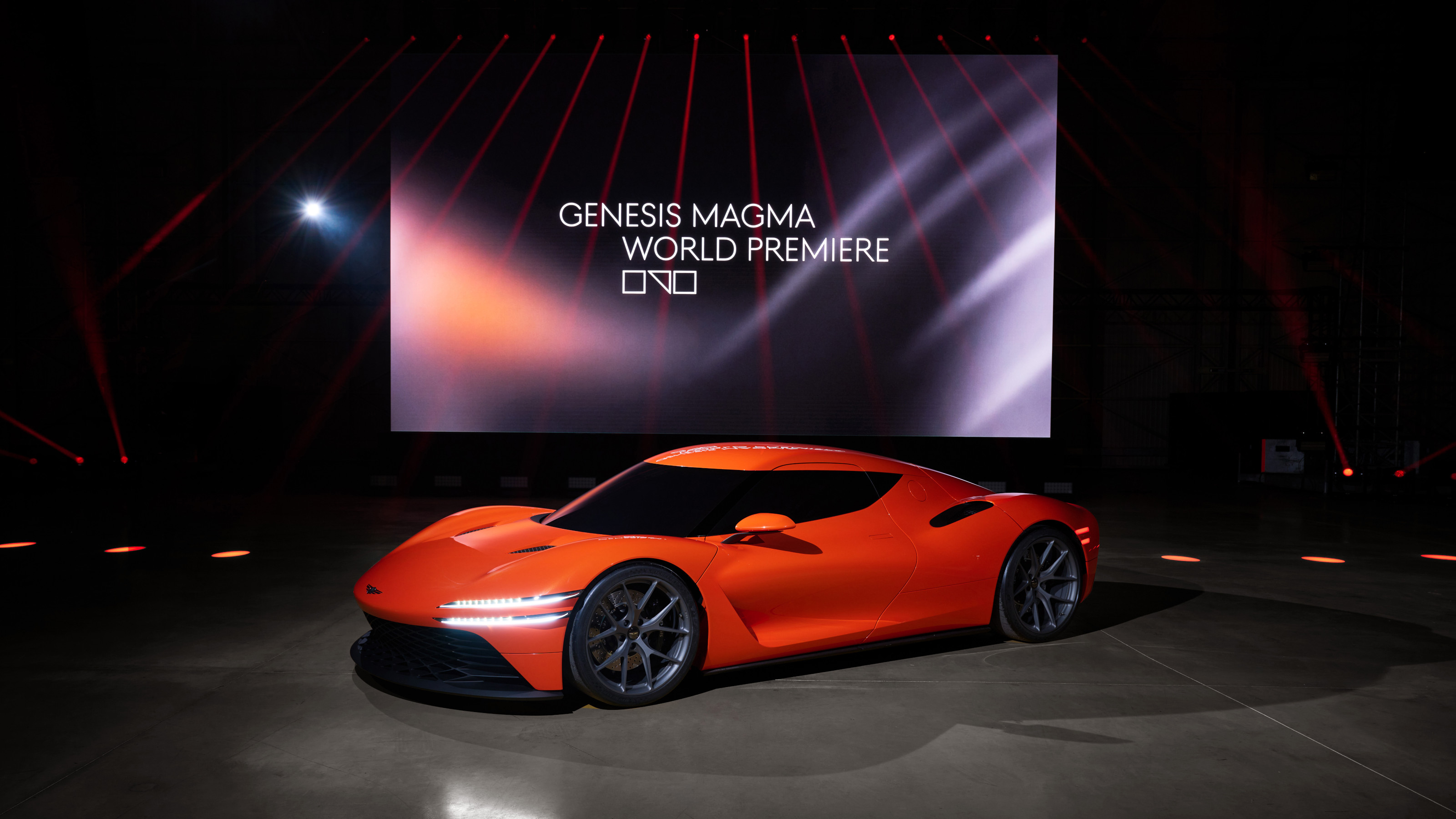 Genesis turns up the heat with its new Magma performance sub-brand
Genesis turns up the heat with its new Magma performance sub-brandGenesis has revealed the hot new GV60 Magma and striking Magma GT Concept in its quest to own luxury performance
-
 Around London in sybaritic silence with the majestic all-electric Lunaz Phantom V
Around London in sybaritic silence with the majestic all-electric Lunaz Phantom VClassic electrifier Lunaz has turned its skilled hands to the Rolls-Royce Phantom V. We sample the ultimate in zero-emission luxury on the streets of London
-
 The Eagle Lightweight GTR is a minimalist expression of racing car aesthetics
The Eagle Lightweight GTR is a minimalist expression of racing car aestheticsEagle E-Types is renowned for its stewardship of Jaguar’s iconic 1960s sports car. With this one-off Lightweight GTR version, the company has pushed its ethos to the limit
-
 Avatr Vision Xpectra concept transforms cars into ‘emotionally intelligent companions’
Avatr Vision Xpectra concept transforms cars into ‘emotionally intelligent companions’Revealed in Munich, electric car maker Avatr’s futuristic Vision Xpectra is a car that is not only beautiful, but a true form of ‘emotive luxury’